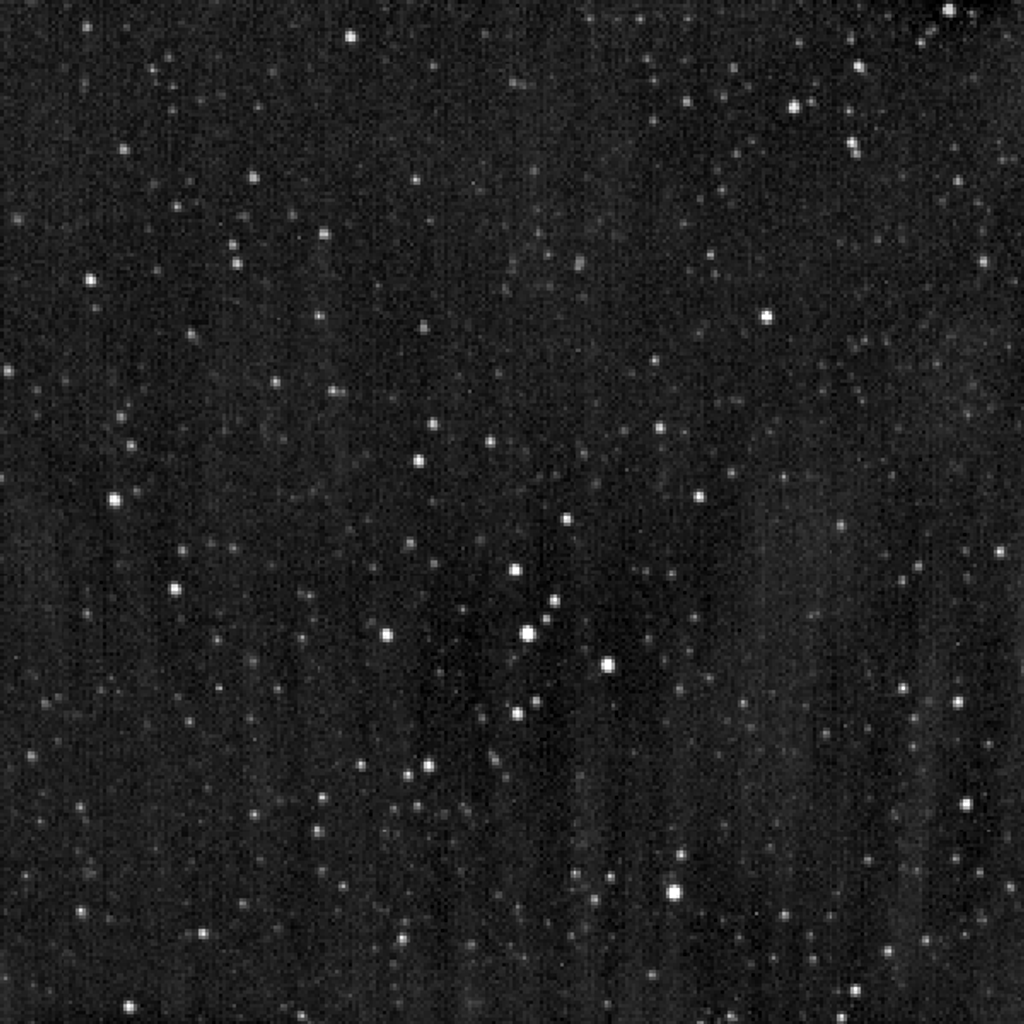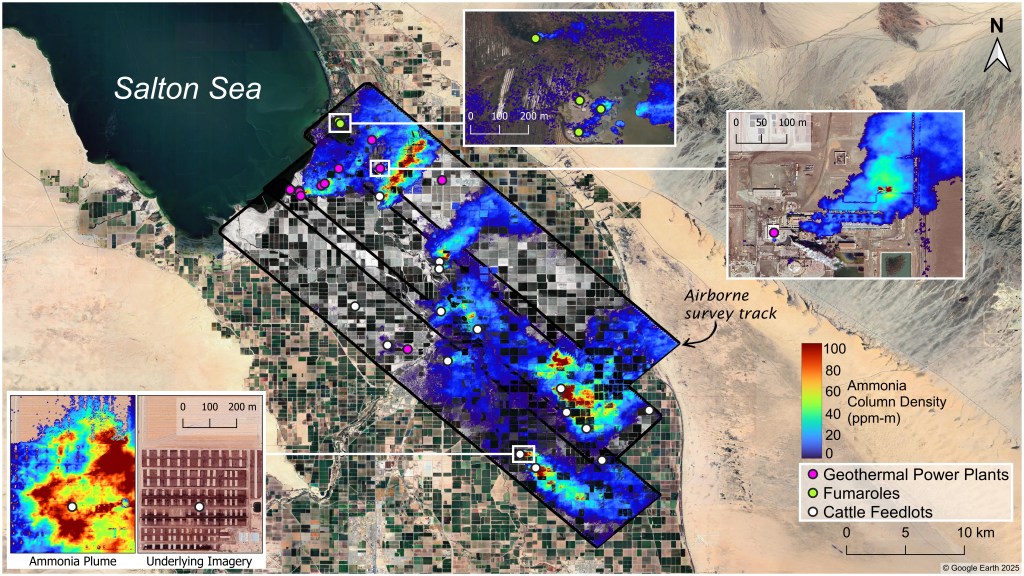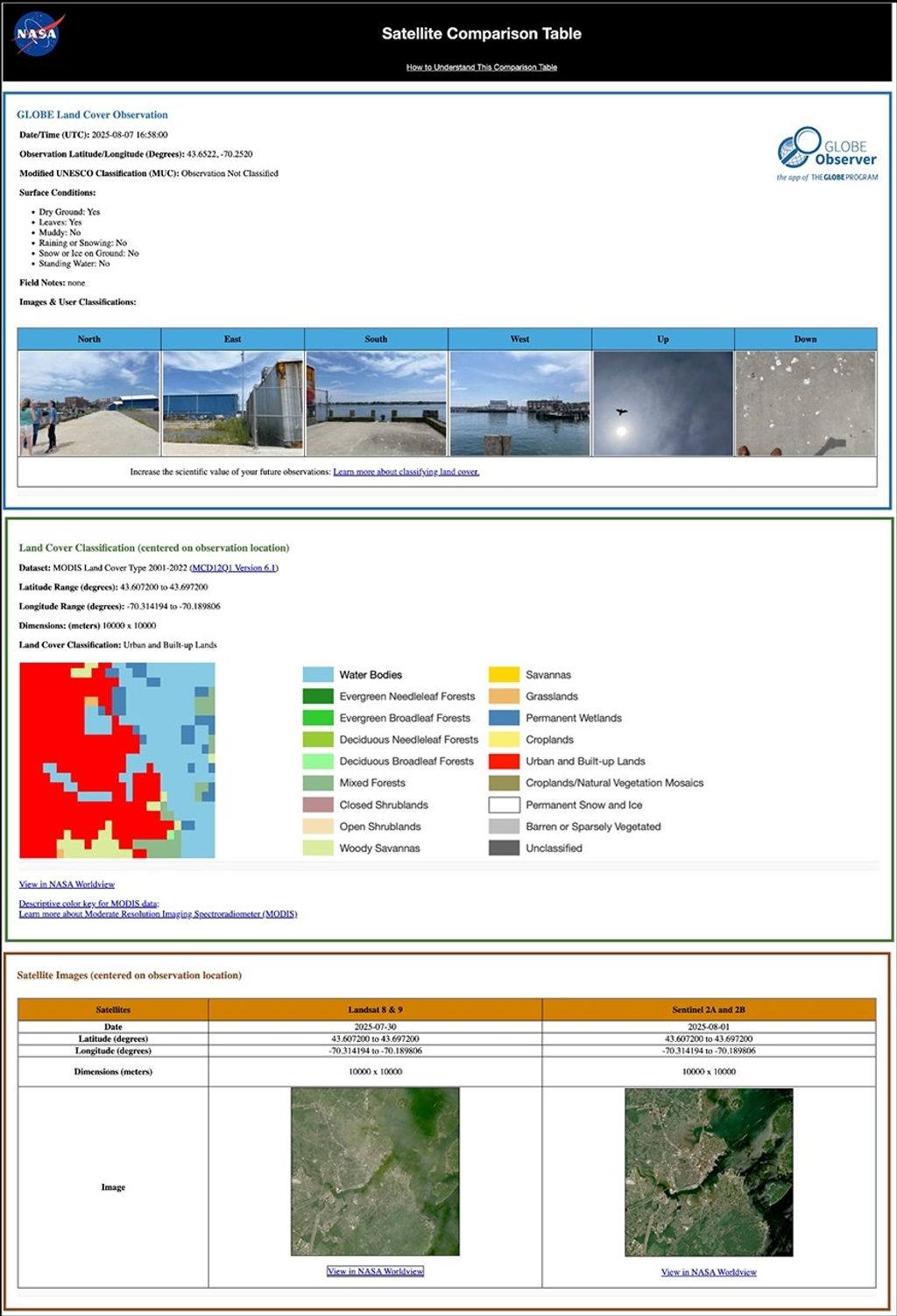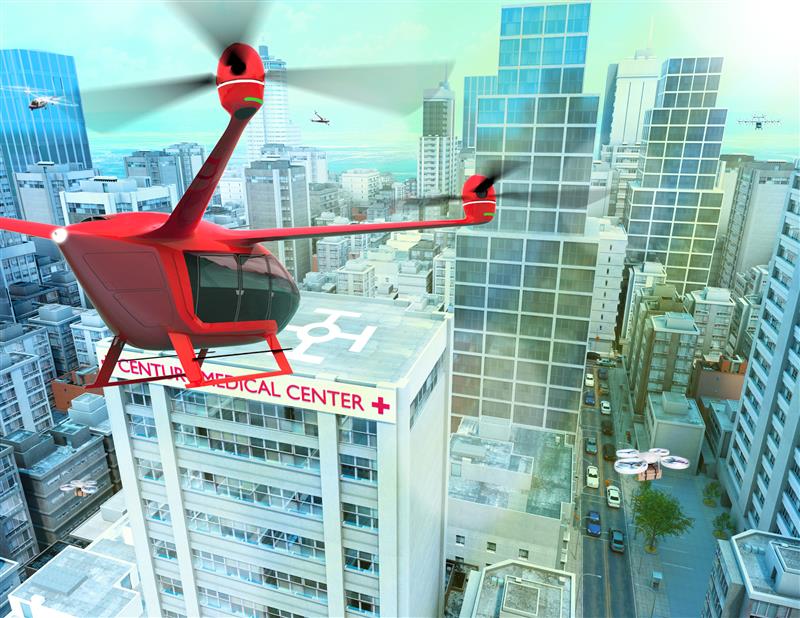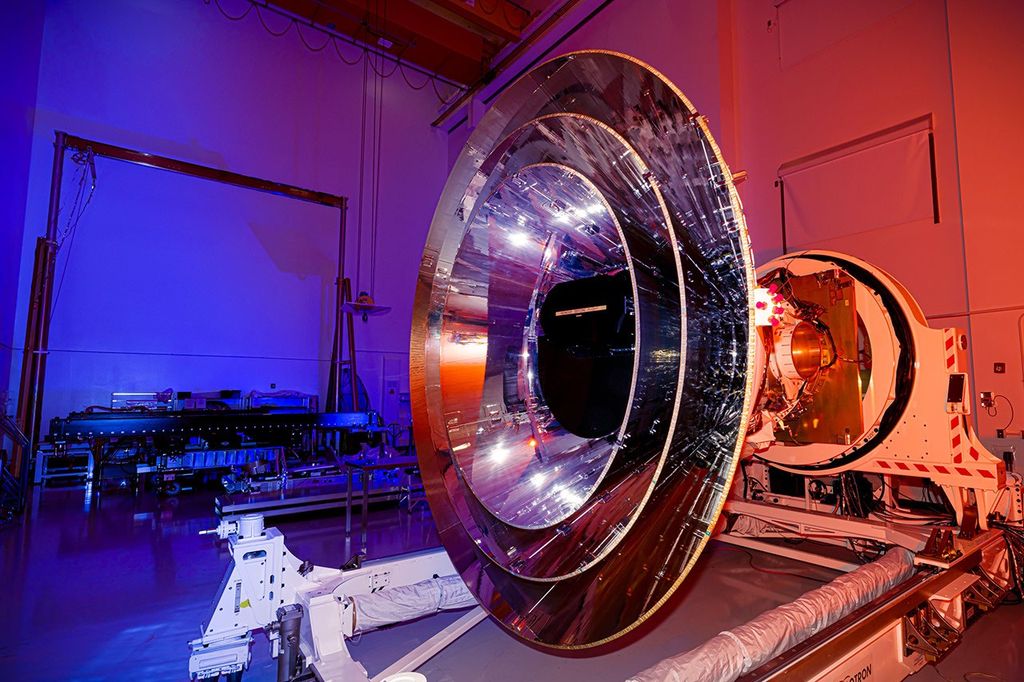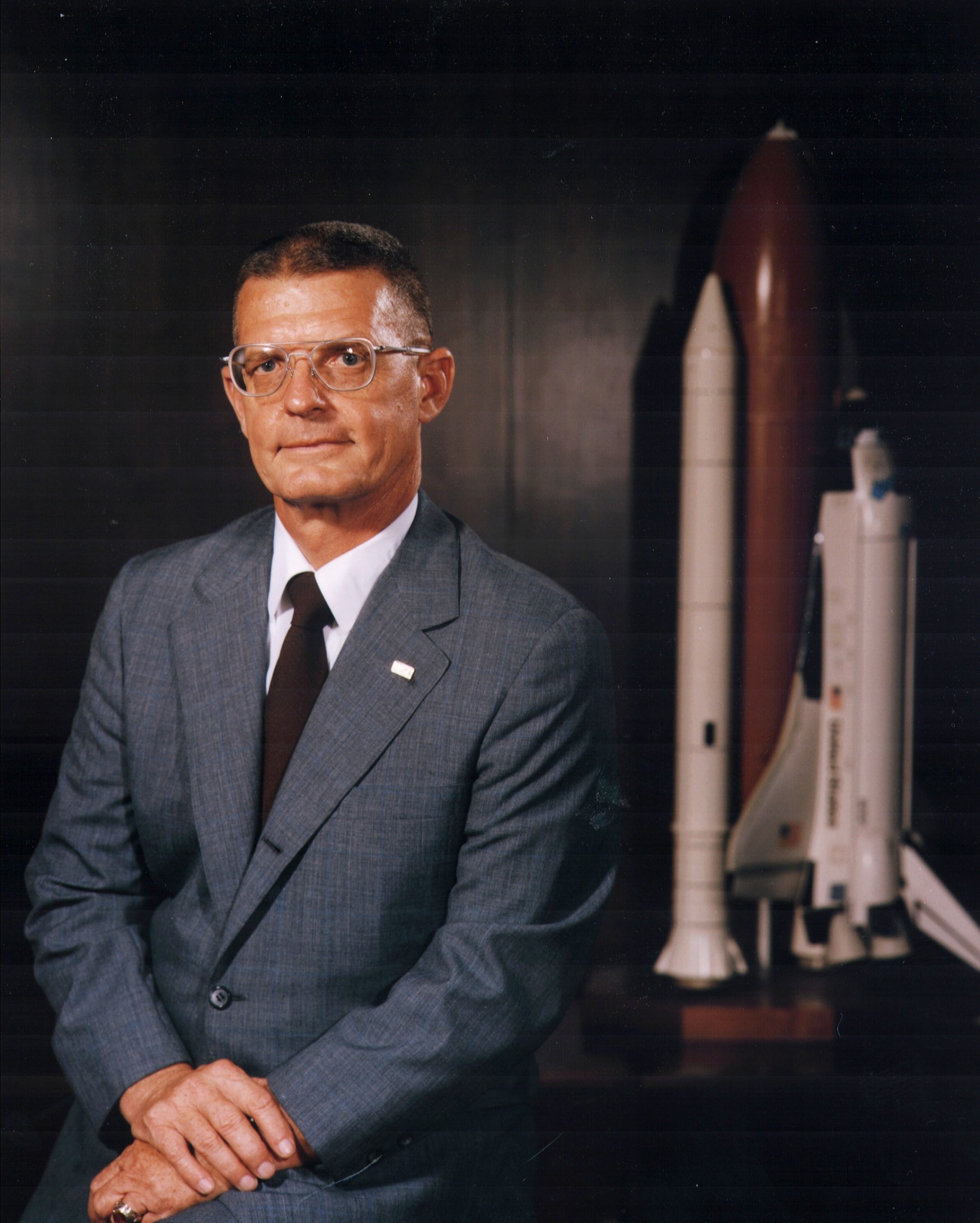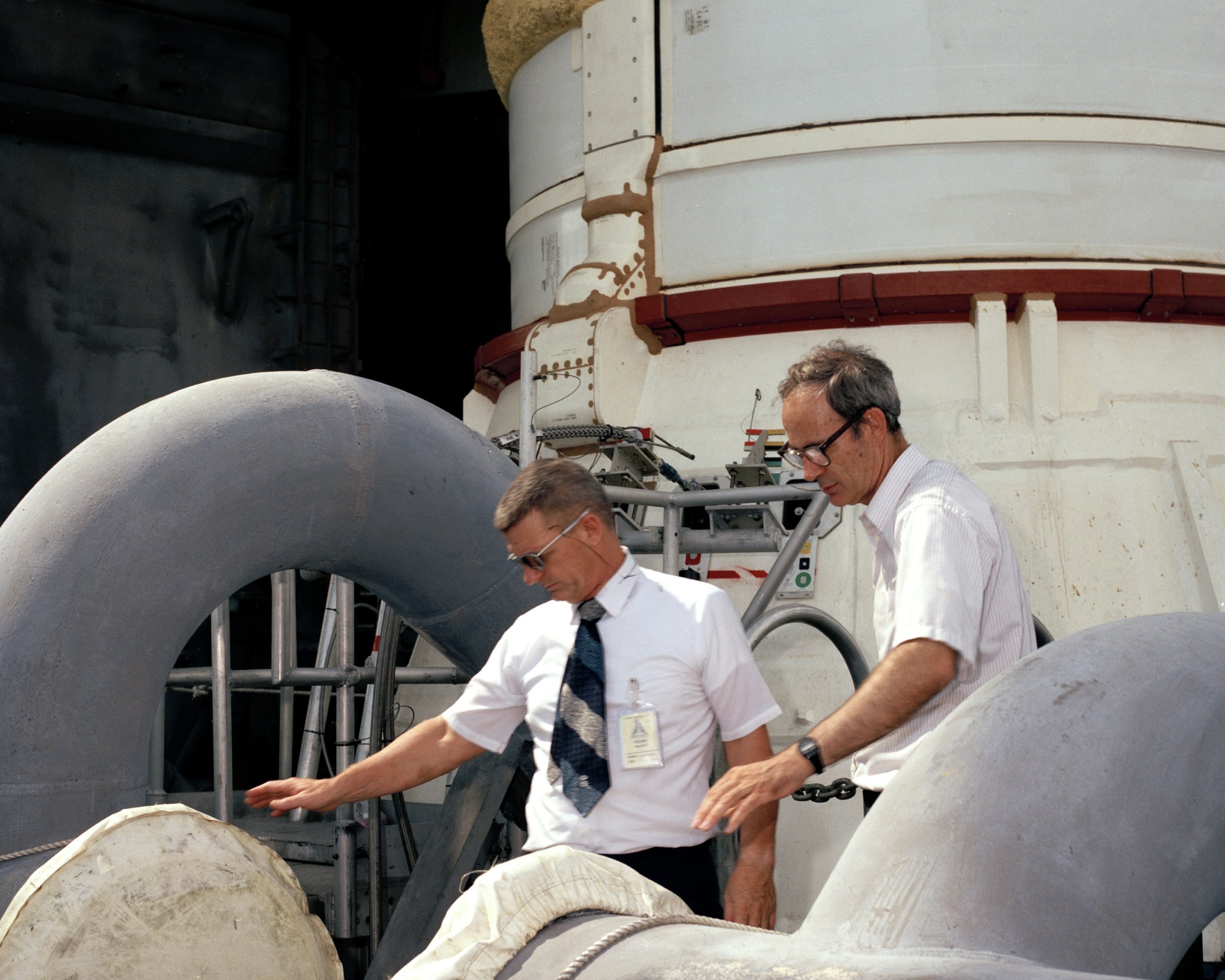U.S. Air Force Lt. Gen. Forrest McCartney arrived at the Kennedy Space Center at a crucial time. He led the spaceport’s team in returning the space shuttle to flight following the loss of Challenger and its seven-member crew, serving as center director under detail from the Air Force beginning Oct. 1, 1986. Following retirement from the military in 1987, he continued at Kennedy until Dec. 21, 1991. McCartney, who is being hailed as one of the most important figures in Kennedy’s 50-year history, died July 17, 2012. He was 81.
An Indian Harbour Beach, Fla. resident, McCartney is survived by his wife, the former Ruth Griffis of Memphis, Tenn., and two daughters, Margaret and Worthy.
“Forrest was one of the finest gentlemen I have ever known, and no one cared more for the KSC team than Gen. McCartney,” said Kennedy’s current director, Robert Cabana.
Steve Griffin, chairman of the National Space Club Florida Committee, added his praise for McCartney’s work.
“With the passing of Gen. McCartney, the Florida space community has lost a great friend, respected leader and a true American hero,” said Griffin, who is general manager of Computer Sciences Raytheon on the Space Coast. “His strong leadership at NASA following the 1986 Challenger disaster helped return the space shuttle to flight, for which the National Space Club Florida Committee recognized him in 1992 with the Dr. Kurt H. Debus Award, the club’s most prestigious honor named for the first director of KSC.”
At the time of his death, McCartney was an active member for the Space Club’s board of directors.
“We will miss his wisdom and guidance,” Griffin said.
Commenting recently on the occasion of the 50th anniversary of the Florida spaceport, McCartney had high praise for the men and women of Kennedy.
“It was a privilege and honor to have been a part of the Kennedy Space Center team during the return to flight activities following the Challenger accident,” McCartney said. “The KSC shuttle workforce was a ‘world class’ group of professionals that made their mark on spaceflight history. I will always be grateful to them for letting me join their team.”
“After Challenger, morale was very low and he really worked to bring it up,” said George English, the former director of Kennedy’s Executive Management Office.
“Forrest restored us with his down-to-Earth approach to fostering teamwork, and brought discipline to the center and its NASA management teams,” said Bob Sieck who served as Shuttle Launch director during McCartney’s time at KSC. “I credit him with being the one who was most instrumental in changing the NASA culture after Challenger.”
A key to his efforts to boost the workforce was getting out of his office at Kennedy’s headquarters and seeking employee input.
“He was always out in the processing areas talking with the troops and getting the pulse of KSC,” Cabana said.
As McCartney walked the floors of the Orbiter Processing Facility, or OPF, where shuttles were prepared for missions, he got the attention of employees working there.
“He just had this presence when he came over to the Orbiter Processing Facility or wherever we were working on the hardware,” said astronaut Nicole Stott, who was then a young engineer working in the shuttle program.
“You could tell even before meeting him that there was a total respect for him,” said Stott who has since flown aboard the shuttle and International Space Station. “It was interesting to see how people were just waiting to hear what he had to say, good or bad about what was going on.”
English added that McCartney wanted to experience whatever his employees were doing.
“He identified with the workforce, both the highly technical people and those performing the more mundane tasks,” English said. “He led by demonstration, by active participation in the things people did.”
Once McCartney even wanted to rappel out of a helicopter, but English wouldn’t hear of it.
“I told him I didn’t need to lose a center director on my watch,” English said with a chuckle. “He tried to do everything.”
Sieck adds that McCartney always championed the workforce.
“He often reminded management that the key to safety and success was to give the workers the ‘tools’ they needed to succeed,” said Sieck, who retired from NASA as director of Shuttle Processing. “He was successful in getting Kennedy the resources it needed to improve along with our Shuttle processing.”
Sieck recalled his first performance appraisal from the new center director.
“He told me to put aside the job description stuff – told me simply that my job was to ensure that the processing team had what they needed and to not let anything dumb happen in our launch process,” he said.
McCartney was also known for his straightforward and analytical approach to problem-solving and his willingness to make tough decisions in spite of a consensus to make a “go for launch” decision.
“At one Flight Readiness Review, there was great pressure to launch in spite of a possible issue with the external tank doors,” Cabana said. “When the launch readiness poll was being taken and it got to Forrest, he said, ‘You can vote all you want, but Discovery’s rolling back to the VAB (Vehicle Assembly Building) to be checked out.’ It turned out that the doors were, in fact, rigged incorrectly.”
Stott, whose mission success as an astronaut depends on spacecraft preparations at Kennedy, said she appreciates McCartney’s legacy at the center.
“He was definitely a proponent and an initiator of good things going on here at Kennedy,” Stott said. “He kept the program going making very positive changes to the way we worked.”
Though easy-going, McCartney nonetheless was competitive, English noted. Racquetball was his sport of choice during his tenure leading Kennedy.
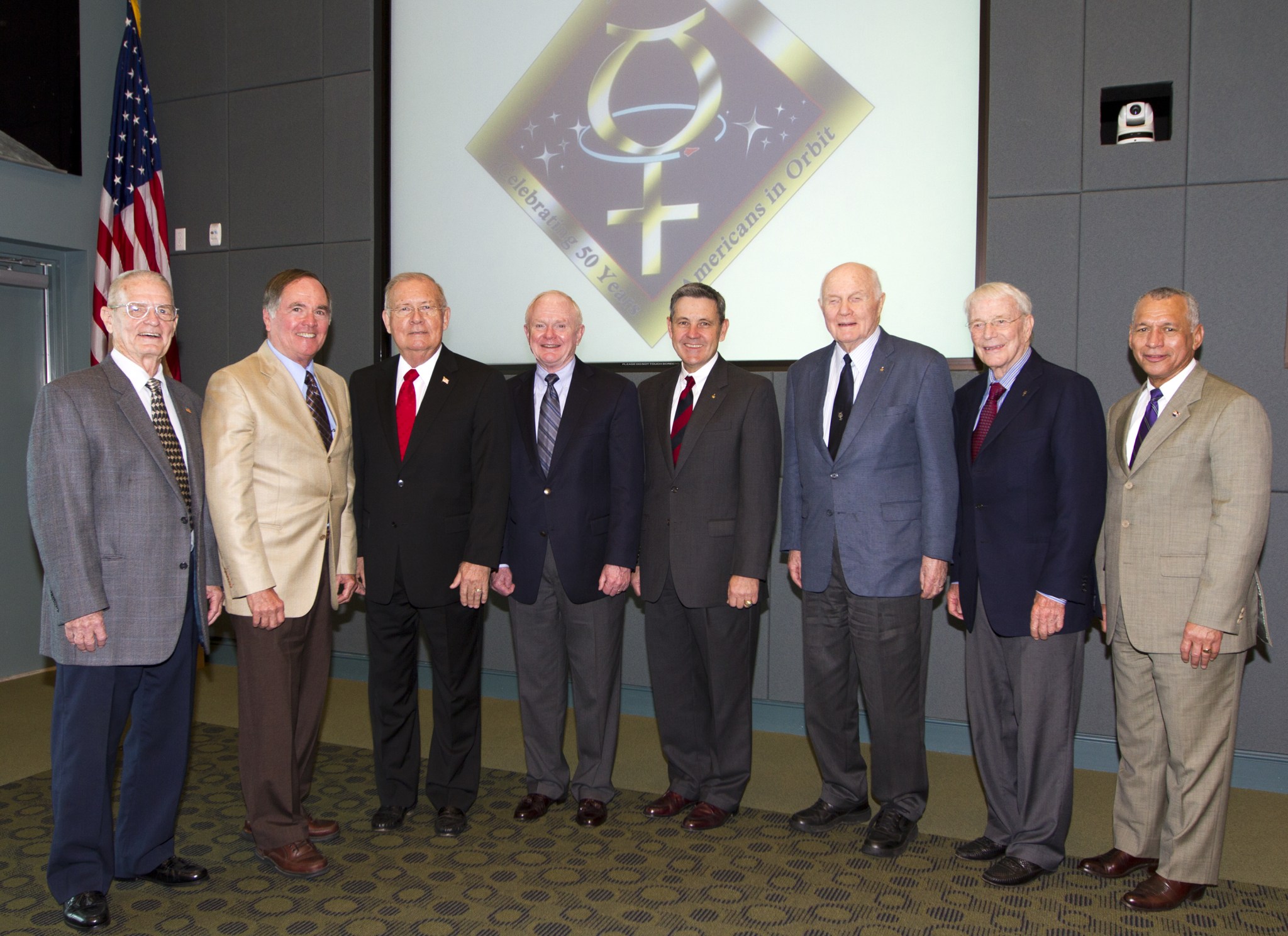
“He would sometimes come back to the office after playing racquetball and have bruises all over his legs and his arms,” English said. “I remember one of the astronauts challenged Forrest to racquetball and Forrest beat him like a drum. He was a very physical, competitive guy.”
McCartney was born March 23, 1931 in Ft. Payne, Ala. He graduated from Gulf Coast Military Academy in 1949 and, in 1952, received a bachelor’s degree in electrical engineering from the Alabama Polytechnic Institute, now known as Auburn University. In March 2011, McCartney was the recipient of the Auburn University Alumni Association’s Lifetime Achievement Award.
In 1955, McCartney earned a master’s degree in nuclear engineering from the Air Force Institute of Technology at Wright-Patterson Air Force Base, Ohio.
From the 1960s through to the mid-1980s McCartney held increasingly responsible roles in Air Force space-related operations including an assignment as director of Range Engineering for the Air Force Eastern Test Range, headquartered at Patrick Air Force Base, Fla.
Following his tenure as Kennedy’s center director, McCartney served as an industry consultant in various capacities. In 1994 he became the vice president for Launch Operations at Lockheed Martin Astronautics overseeing launches of Atlas and Titan boosters from Cape Canaveral, Fla. and Vandenberg Air Force Base, Calif. He retired from Lockheed Martin in 2001.






